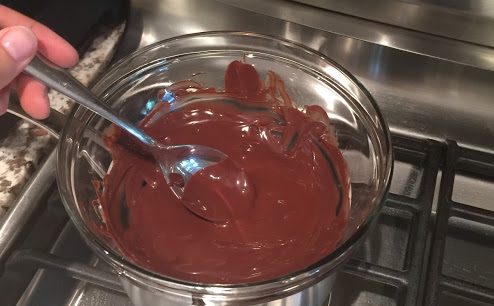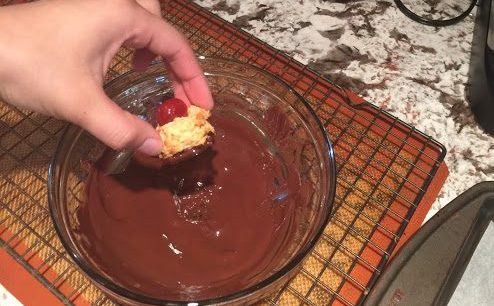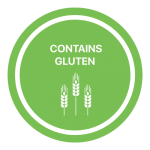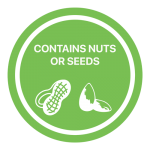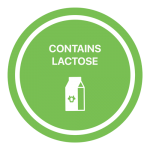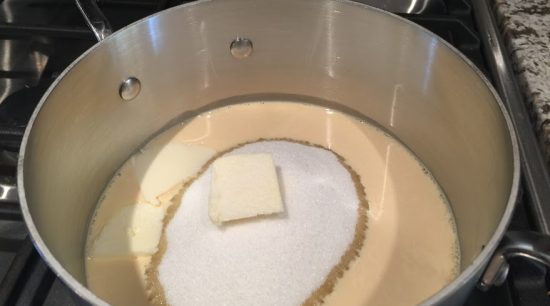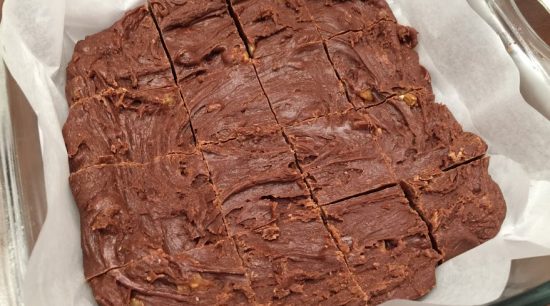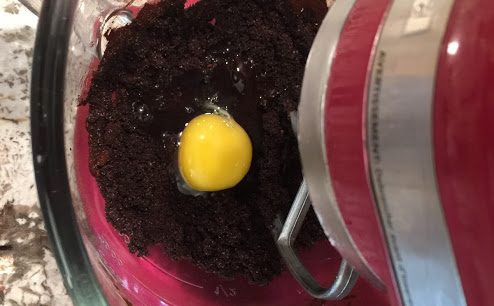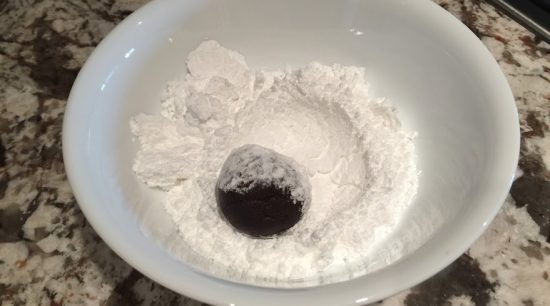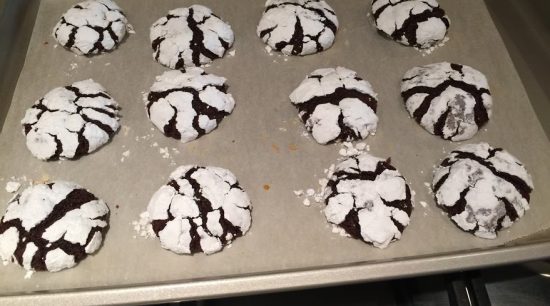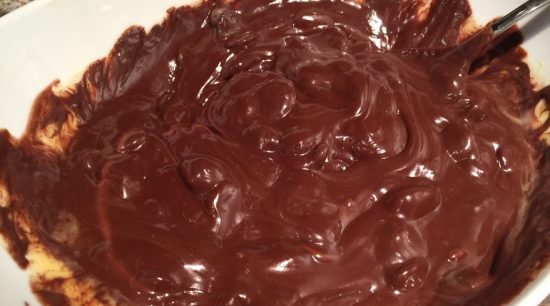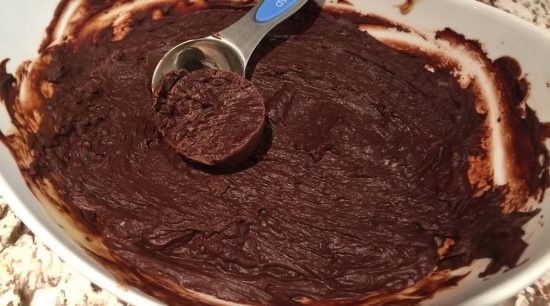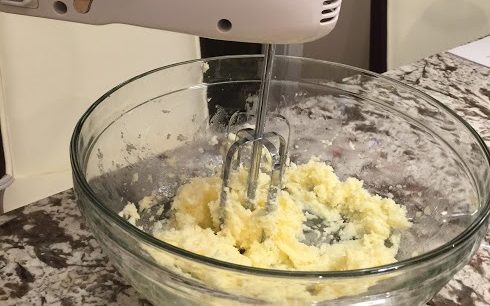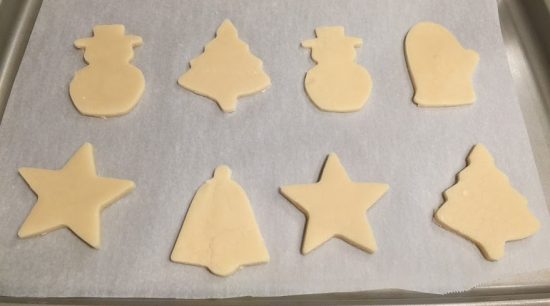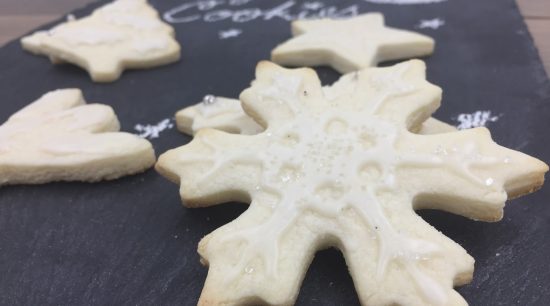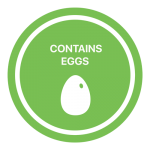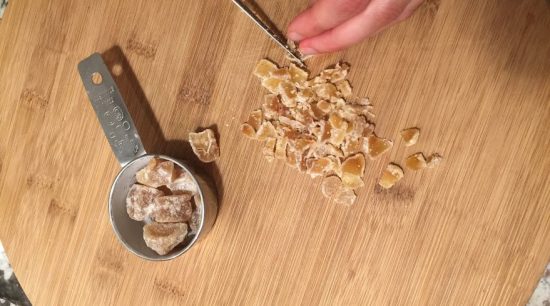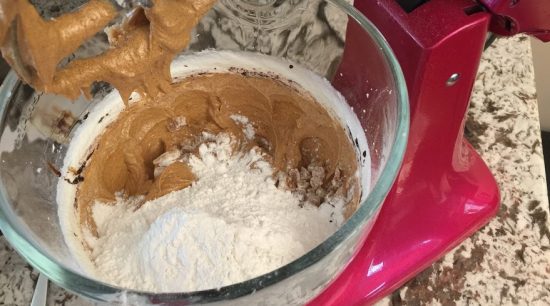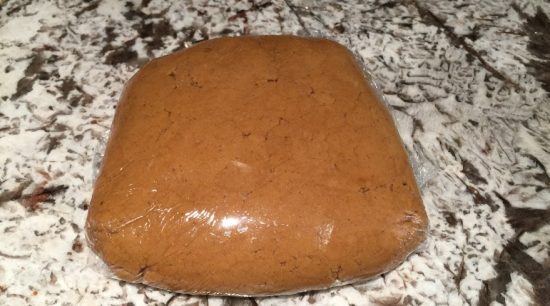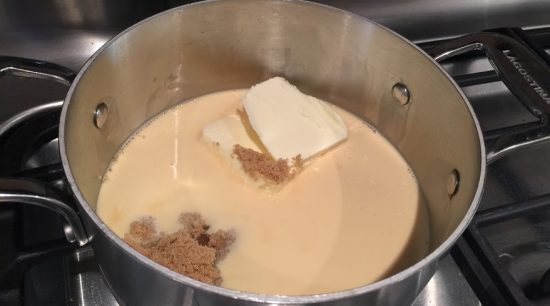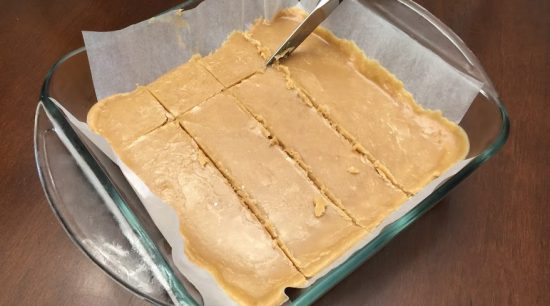As a society, we are becoming more aware of our environmental foot print and are spending more energy on improving waste management. When thinking of waste management a few method come to mind including: reusing, composting, upcycling and recycling. Many items that use to find their way in landfill can now avoid it. Some of these items include: vegetable peels, batteries and bottles. This contributes to reducing garbage pollution.
Paper is a significant portion of waste and it can be composted or recycled. Paper is responsible for 16% of landfill waste. Recycling or composting are both an improvement on throwing paper away. It is better to compost or recycle paper?
First let’s define both processes.
Composting
Composting helps put organic waste to an alternative use. Items that are usually composted include grass cuttings, shredded leaves, fruit and coffee grounds. These products are combined in specific proportion with water and air to start the decomposition process. The compost that is formed is helpful in growing plants.
Recycling
Recycling is the manufacturing of products that could of been discarded in a landfill. Items are recycled by being converted into items that can be used again.
Recycling and compositing each have pros and cons. Let’s examine each method to identify which is better overall.

Recycling
Pros
- bring paper material back in the production stream which reduces the need for new trees
- recycling reduces the need to produce new paper. One piece of A4 paper requires on average 5 liters water to produce.
- recycling 1 ton of paper saves around 682.5 gallons of oil, 26,500 liters of water and 17 trees
- recycling uses resources but less than to produce new paper
Cons
- the process of recycling paper produces a lot of waste.
- harmful chemicals are used in the recycling process
- the recycling process pollutes water
- encourage consumption of paper. Recycled paper may wrongfully appear to have minimal impacts on the environment.

Composting
Pros
- composting instead of recycling paper could completely eliminate the resources needed to break it down and manufacture it back into fresh paper.
- no recycling bins, no trucks to carry it to the recycling plant, no machinery or sludge or chemical processing agents. Just paper breaking down into its component parts and then fertilizing your garden next year, helping your tomatoes grow.
Cons
- composting paper removes it from the paper production stream
- on a large scale, composting paper rather than recycling it, may cause more harm than good.

Soiled paper
When paper is soiled in any way it cannot be recycled. Examples of soiled paper include art project and pizza box. Including soiled paper may impact an entire batch of recycled paper. It is recommended to tear soiled paper in small pieces and to add it to compost pile.









